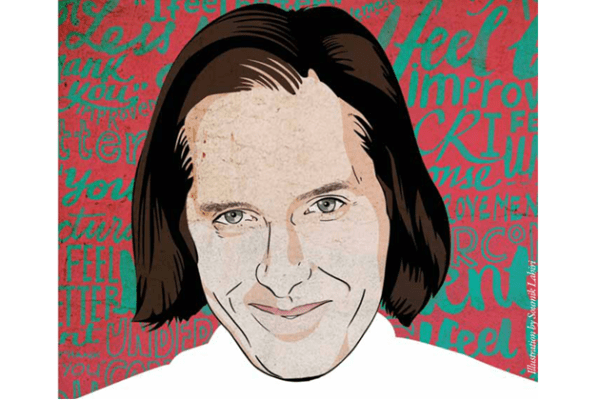It had a life once. It was the life once. Yamuna, on the banks of which Shah Jahan built Taj Mahal... Today, urban development has pushed it to the fringes.
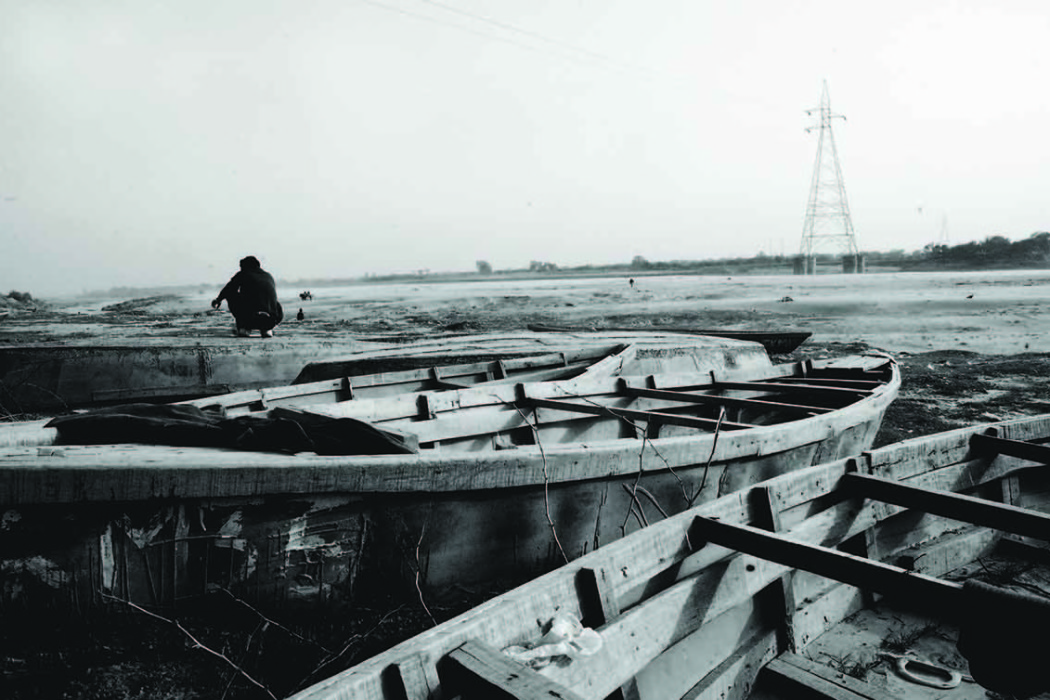
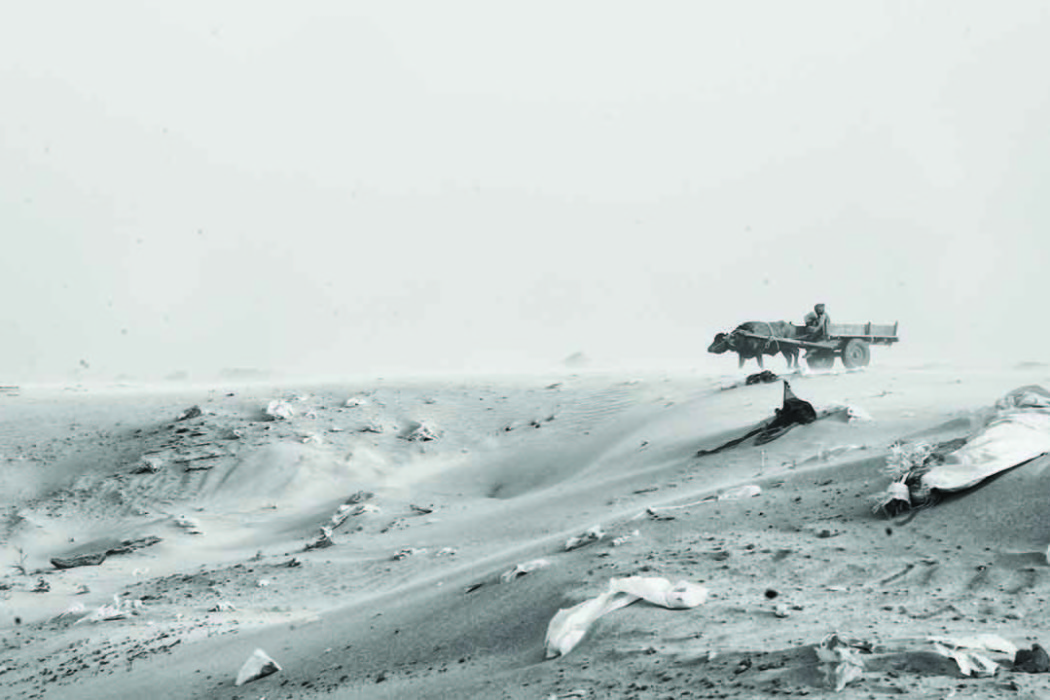
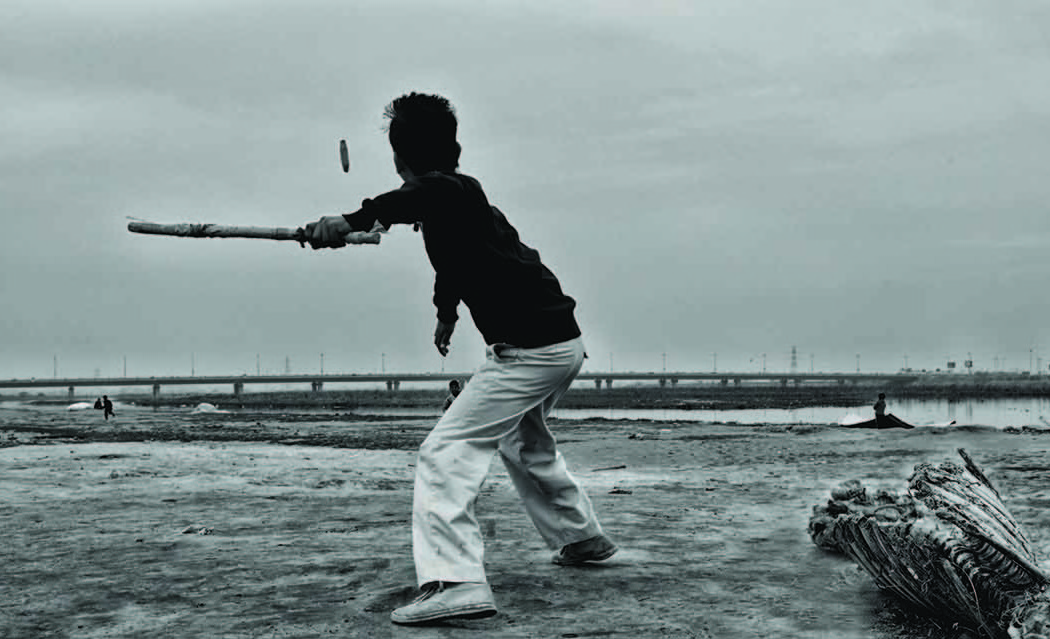
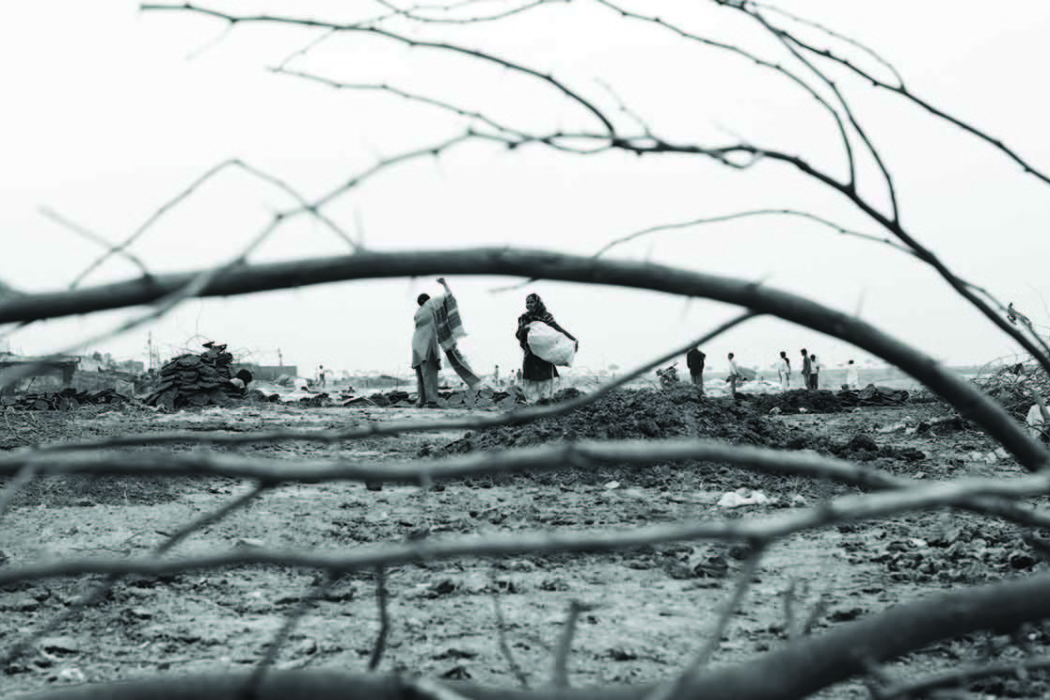
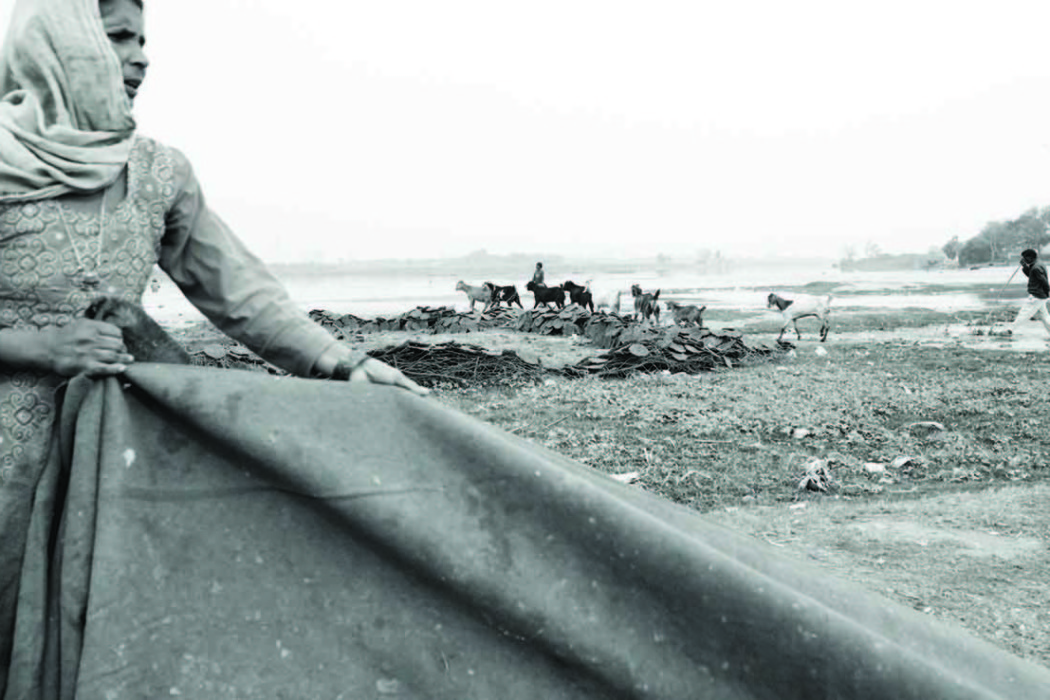
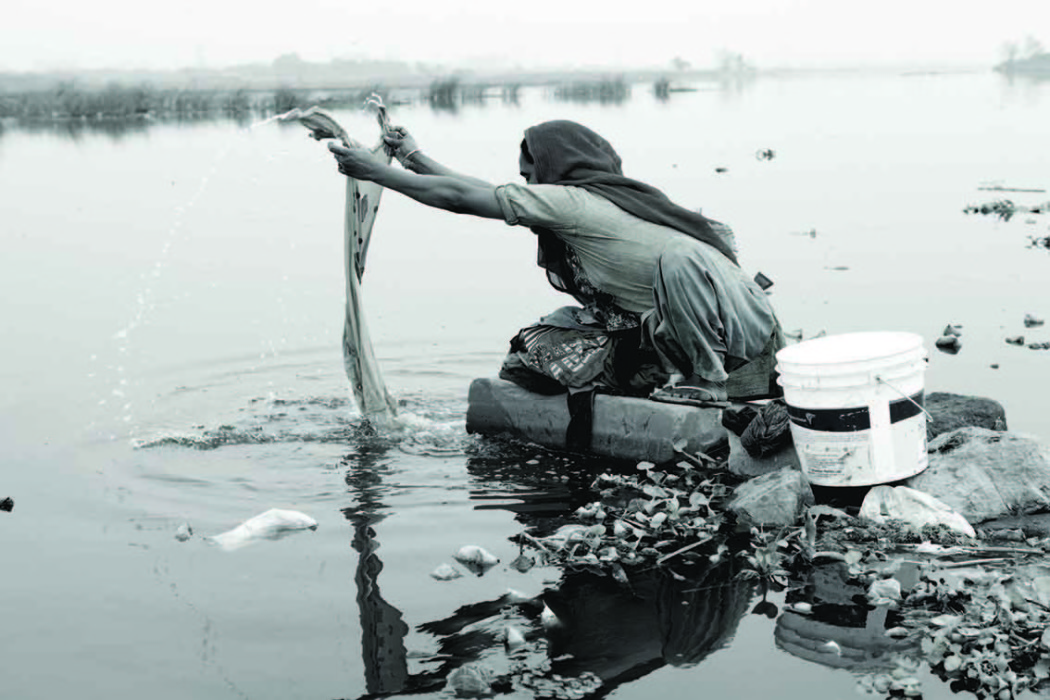
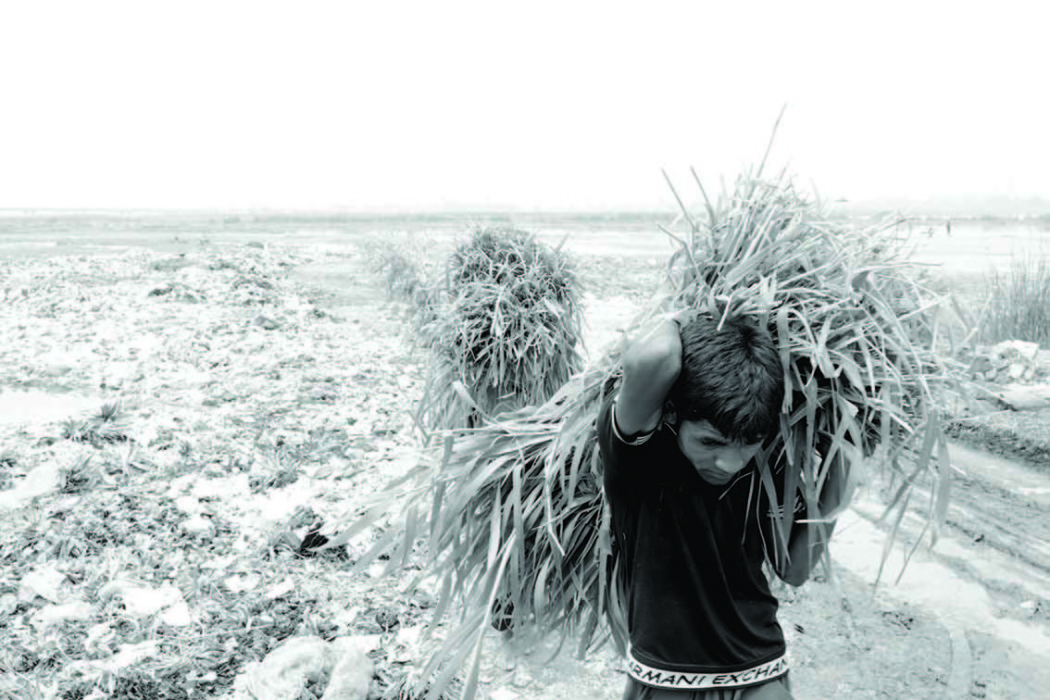

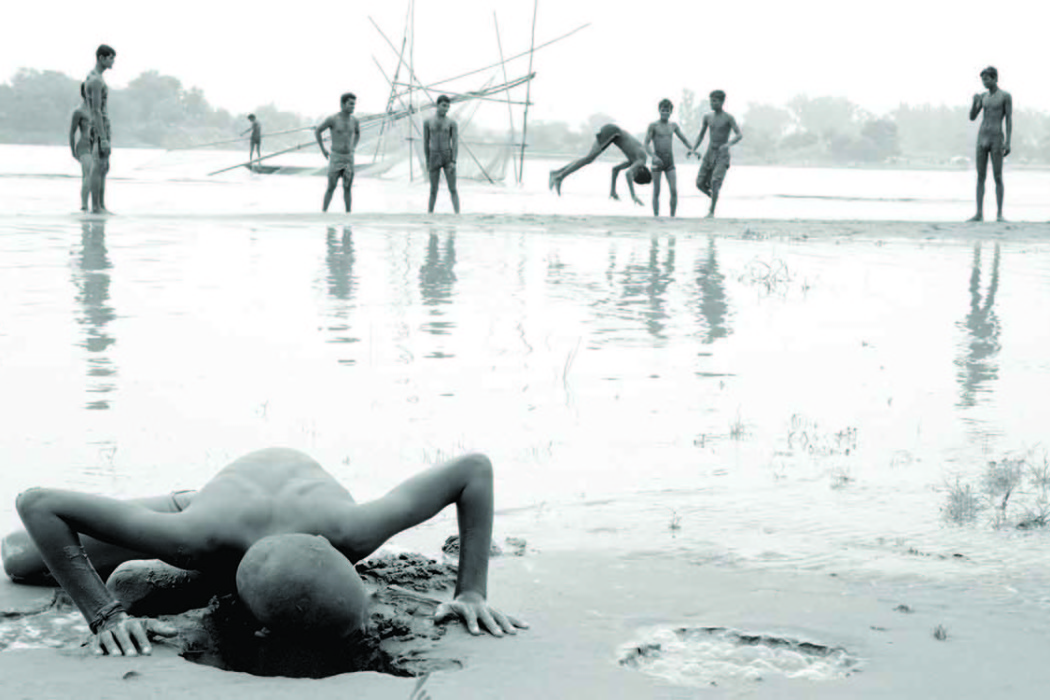
It had a life once. It was the life once. Yamuna, on the banks of which Shah Jahan built Taj Mahal… Today, urban development has pushed it to the fringes. The largest tributary of Ganga is now one of the most polluted rivers in the world. Geologically very important for Delhi and Northern India, it presents a picture of a frothing pool of stagnant toxic waste.
Hundreds of devotees take dips in its contaminated waters as excrement float around. Yet, life still teems around the diseased river. Trades still exist, those of washermen or launderers mostly; a few rickshaw-pullers also call the riverbank home, as well as some settlers who have lived on these ‘camping sites’ for generations. Children play in the midst of all the filth, women clean their utensils in the same water, ten metres away from where their community toilet dispenses extra flow of sewage into the river. The filth and putrid air in the area is something that has become a part of their existence.

Sreedeep is an independent photographer based in New Delhi with a wide range of visual interests. He has completed his PhD in Sociology in 2011 from JNU. His academic work engages with consumer culture. See his works at www.flickr.com/photos/bestofsreedeep
Kamalini Mukherjee is a doctoral fellow at the Centre for the Study of Social Systems in JNU, New Delhi. She is also an independent film maker. She can be reached at www.kamalinisthoughtwaves.blogspot.com

